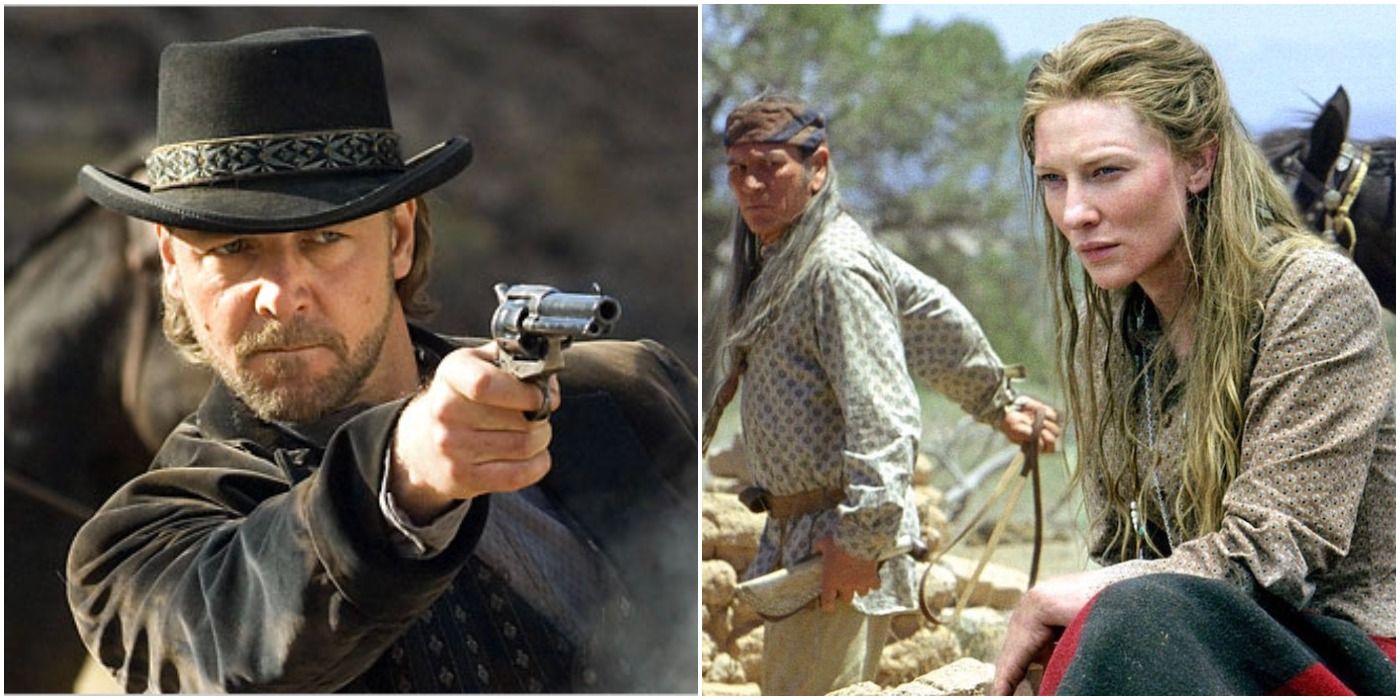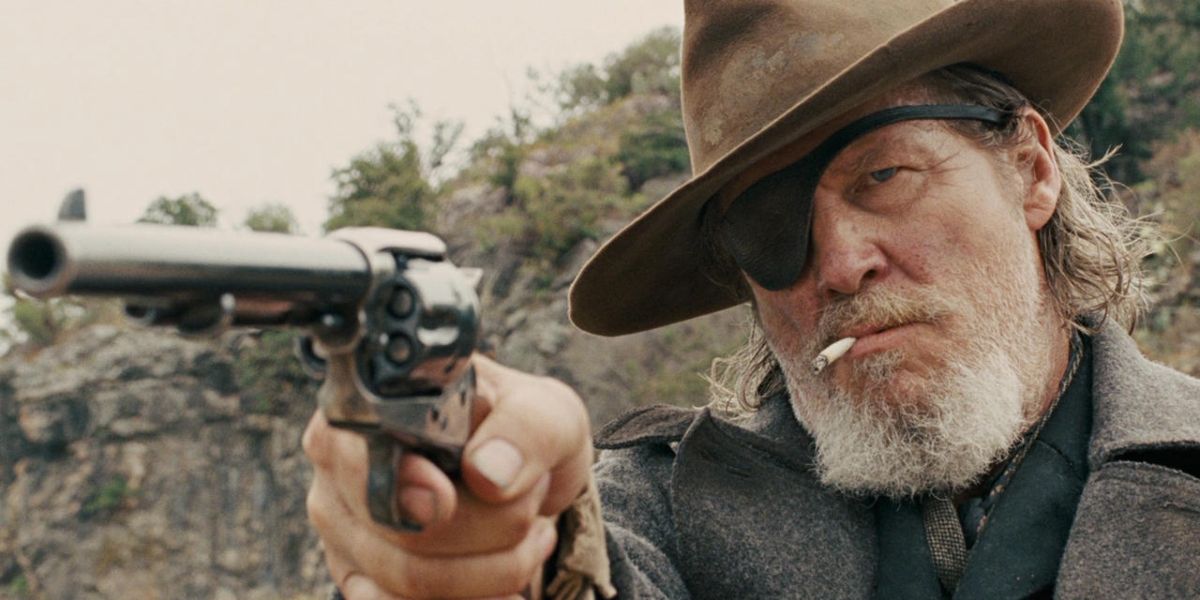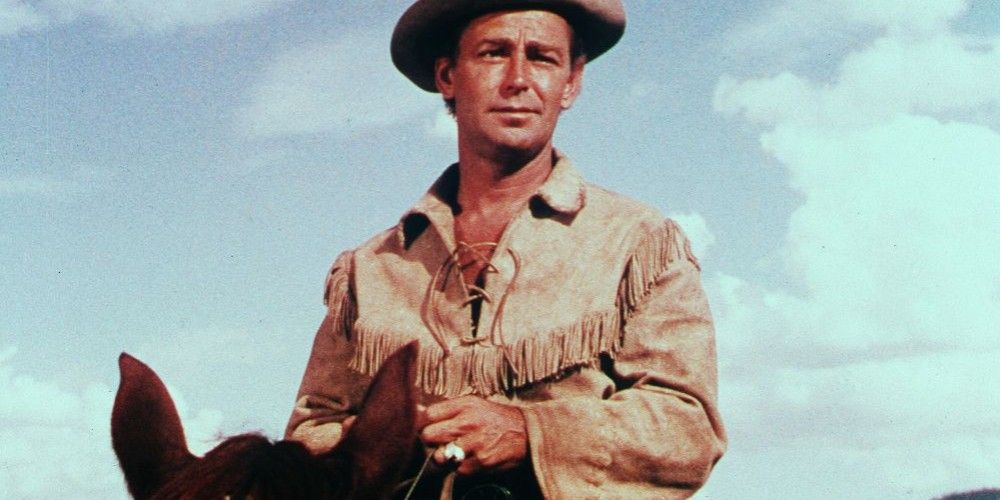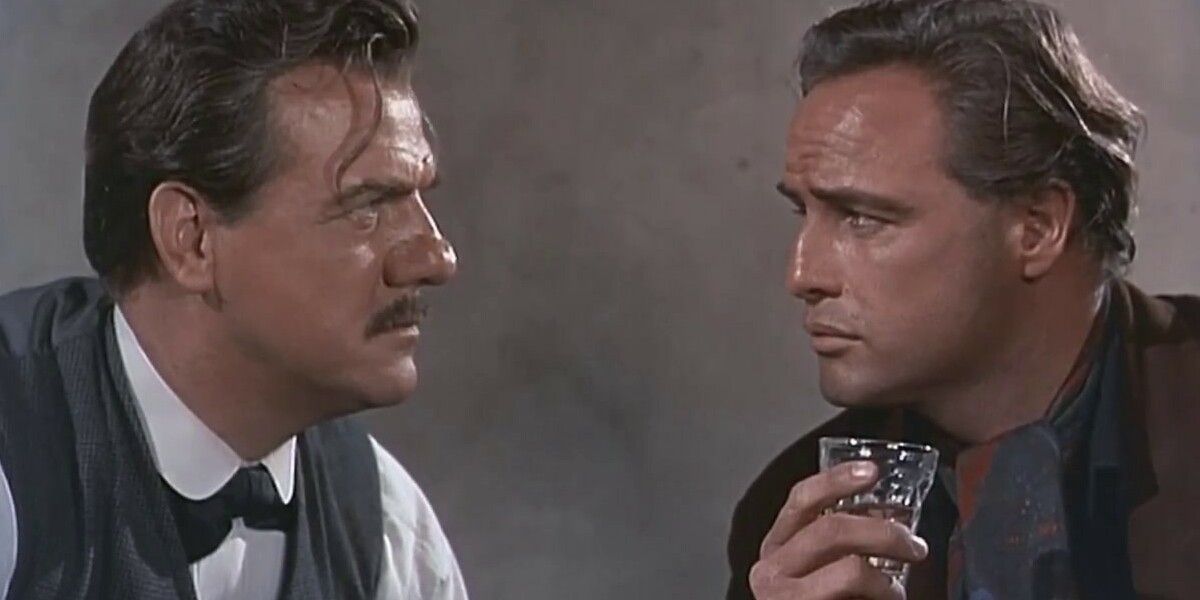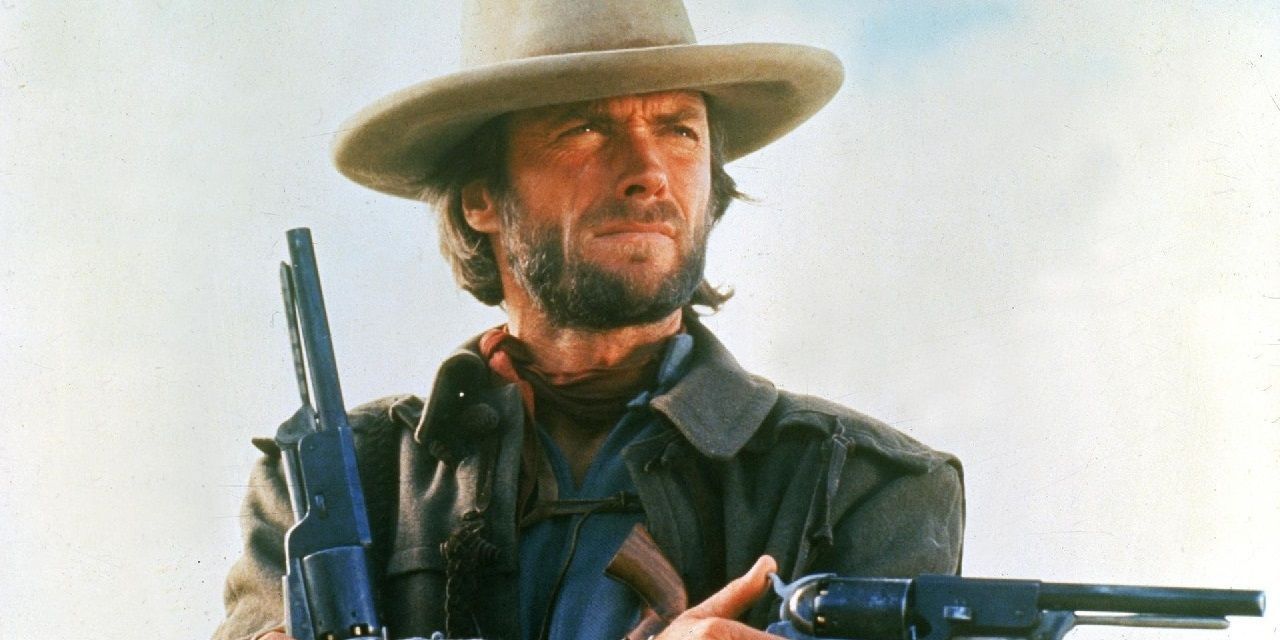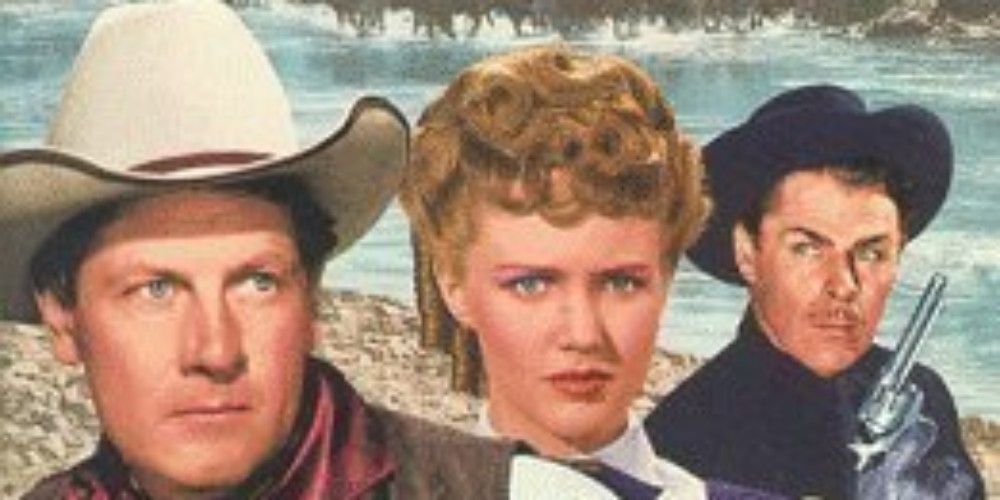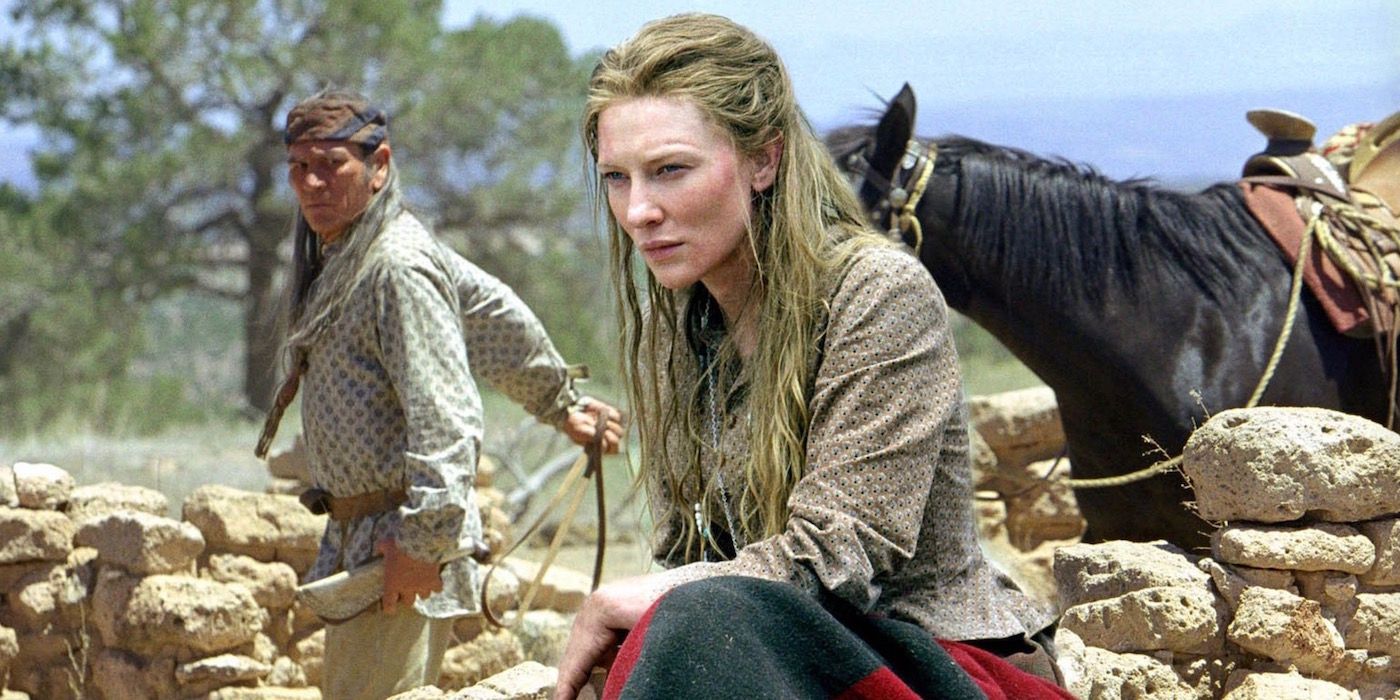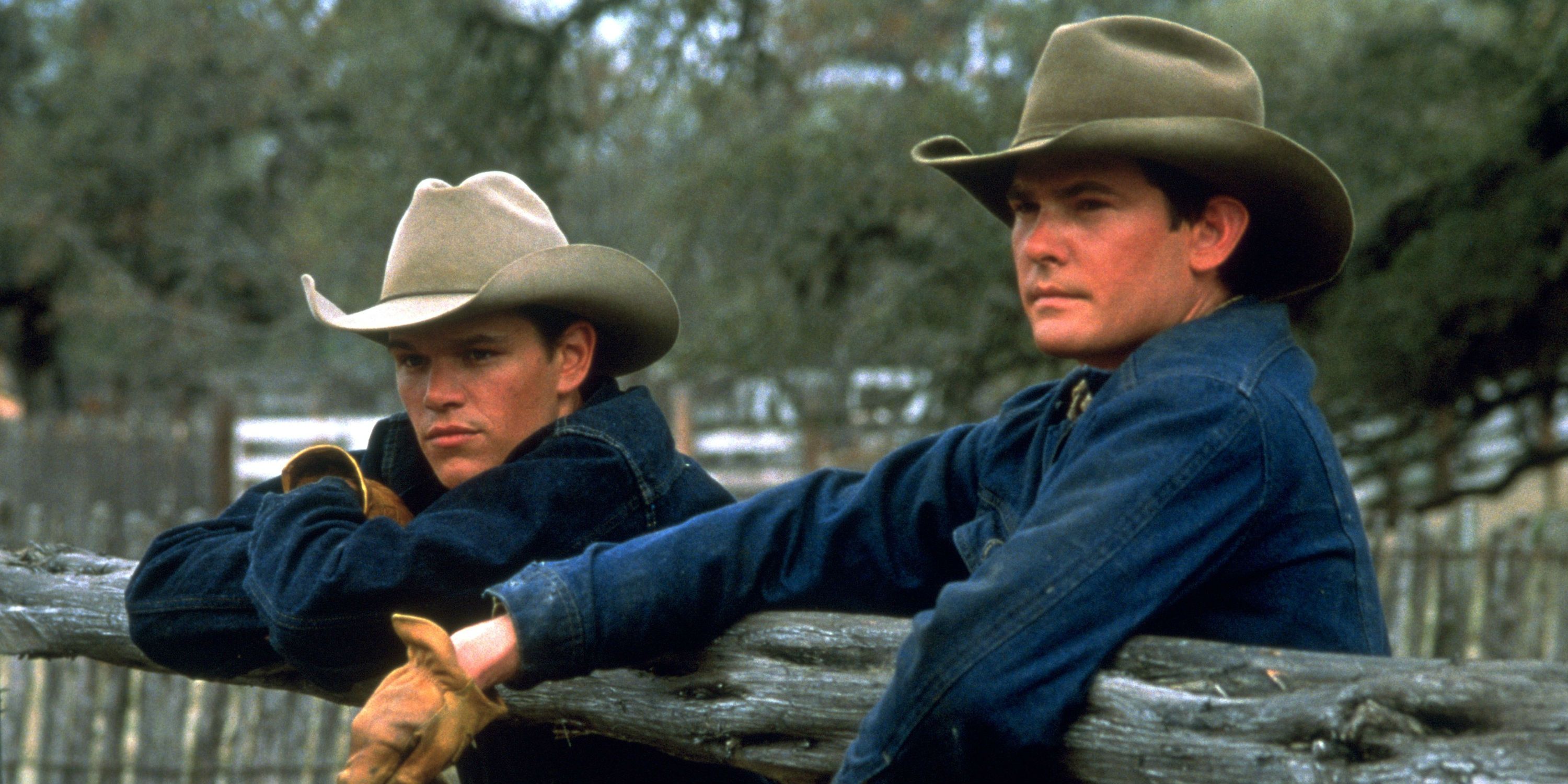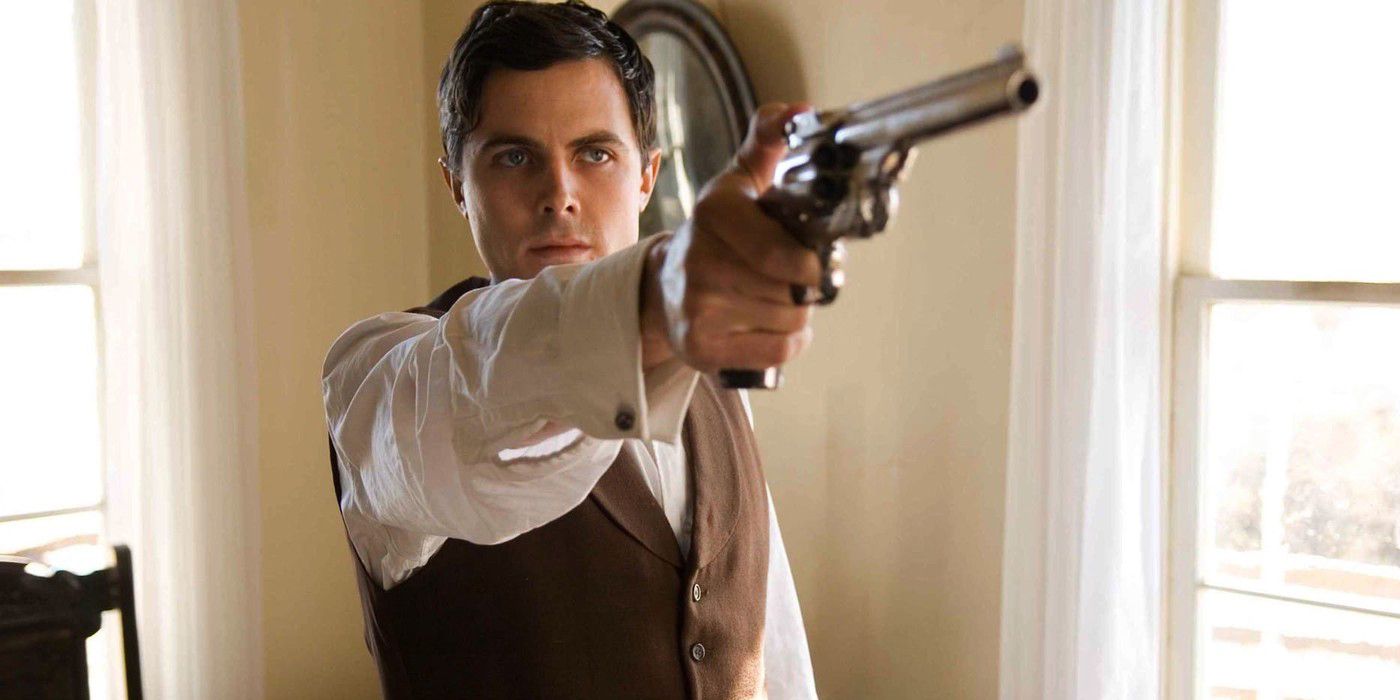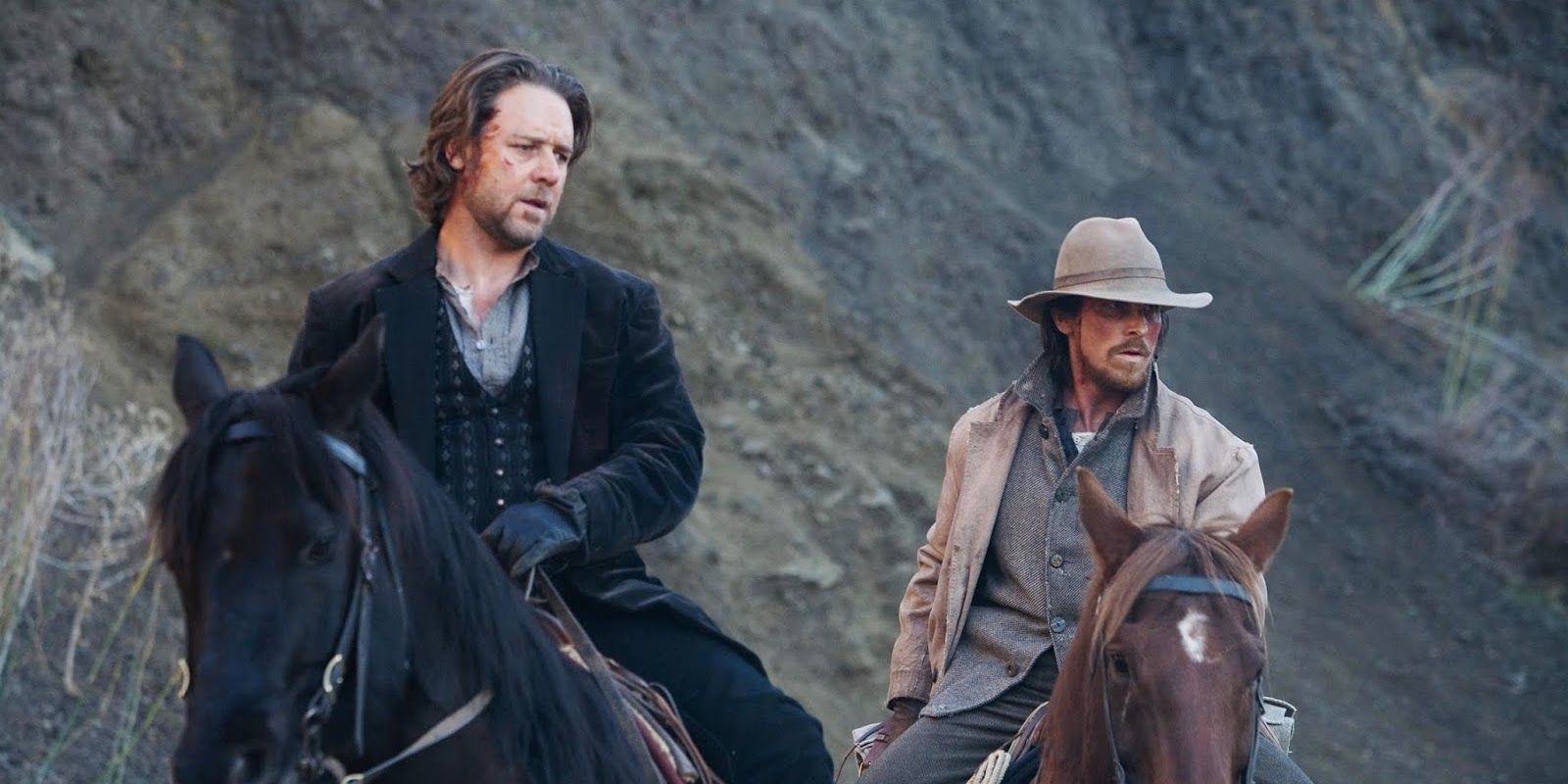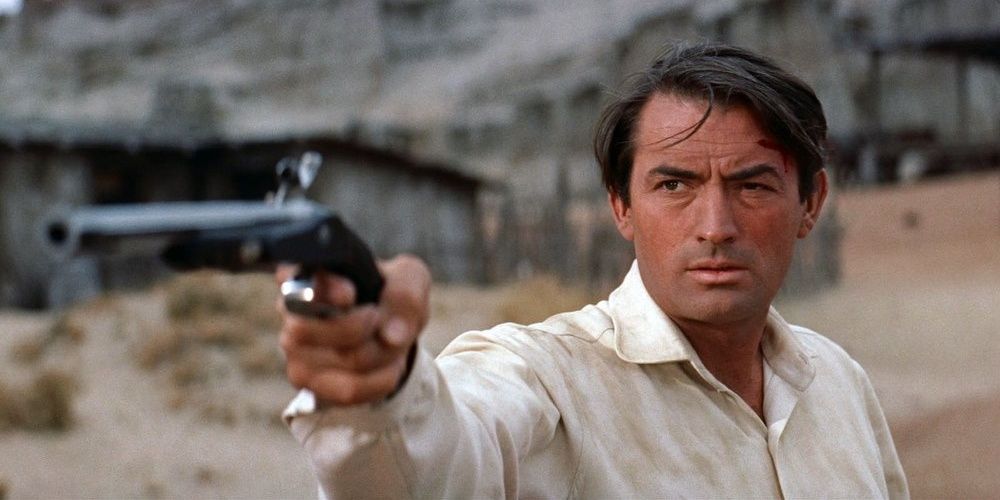Western novels, from the time of America's frontier days to the 21st century, have shaped the country's perspective of the Old West. Elmore Leonard, Cormac McCarthy, and other notable authors have created a scope of its legacy that both exemplifies its best traits and critically examines its worst. The novels range from romanticized versions of historical fact to authentic retellings of true events, but they always remain genuine.
When Westerns were one of Hollywood's most popular genres of film, Western novels were a veritable goldmine of inspiration, and some films managed to outshine their literary counterparts. But sometimes the visual medium muddles the message and interpretation of its source material, resulting in misfires even today.
Book Is Better: True Grit
Written by Charles Portis, True Grit is a novel renowned for its intricate and provocative dialect, original characters that leap from the page, and a plot that gallops along at a brisk pace to keep readers entertained.
It was made into a film in 1969 starring John Wayne and Kim Darby and remade in 2010 starring Jeff Bridges and Hailee Steinfeld. The premise remains the same in both films: a young girl named Mattie Ross hires a grizzled Marshal to help her track down the man who shot her father. While the 2010 version is an improvement over its 1969 predecessor, both don't manage to successfully capture the novel's zeal and energy.
Book Is Worse: Shane
One of the most revered Westerns of all time (and rightly so), Shane was written by Jack Schaefer as part of a serialized story in a Western magazine before finally being compiled into a novel. It followed a stranger who rides into a homestead and helps the family square off against a powerful ranch owner.
The book never could properly convey the friendship between the titular Shane of the film version (played by Alan Ladd) and Van Heflin (the homesteader). Their friendship is the backbone of the story, but it's the film's visual portrayal of their chemistry that makes it come alive.
Book Is Better: One-Eyed Jacks
Based on the novel by Charles Neider, One-Eyed Jacks was a passion project for star Marlon Brando, who ended up rewriting much of the original story. He portrays an outlaw named Rio who, along with his partner Dad Longworth (Karl Malden), makes a run for the border of Mexico after a bank heist, but one man betrays the other and a tale of revenge is born.
Brando portrays Rio as a true antihero, exploring the pathos of a character caught between wanting to do both the right and the wrong thing but finding peace in neither. Unfortunately, the film's Western clichés clash with Brando's interpretation and muddle the source material.
Book Is Worse: The Outlaw Josey Wales
The novel The Rebel Outlaw: Josey Wales by Forrest Carter was turned into one of Clint Eastwood's most famous films. Eastwood directed the 1976 masterpiece, and starred as the titular protagonist, a former Missouri farmer who joins the Confederate Army after Union soldiers kill his family in the Civil War. After the war, he becomes a feared gunman, tracked by bounty hunters and Union soldiers wherever he goes.
Eastwood had to walk a careful line between depicting certain events in the film faithfully, and softening the fascist tone that Carter was accused of having (Carter was a former KKK member). The film has since been preserved in the National Film Registry by the United States Library of Congress.
Book Is Better: The Virginian
Owen Wister wrote The Virginian in 1902 when there was a large demographic of Americans who still remembered the wild days of the Old West. His tale about a knightly cowboy, courtly in temperament and courageous in attitude, who falls in love with a teacher named Miss Molly Stark remains one of the greatest Western novels of all time.
The book has been adapted for the screen on no less than four separate occasions, most notably in 1946 starring Joel McCrea, and a long-running television series in the '60s continues to be beloved by fans. But the films fail to capture the poetic nature of Wister's story, and the mythological aspect of The Virginian.
Book Is Worse: The Missing
Thomas Eidson wrote The Last Ride in 1996, and in the 2000s it was turned into a Western directed by Ron Howard entitled The Missing, starring a weather-beaten Tommy Lee Jones and an indefatigable Cate Blanchett.
The film is a visceral journey for two families desperate to get their kidnapped daughters back, taken by renegade Apaches to be sold into sex slavery. Every attempt was made for the Apache spoken in the film to be not only correct, but recognizable as coming from the Chiricahua dialect, which resulted in it being very well received by the Native American community.
Book Is Better: All The Pretty Horses
Cormac McCarthy has written several Western novels dubbed "impossible to film" and All The Pretty Horses, which received a film adaptation in 2000, is no exception. Directed by Billy Bob Thornton, it stars Matt Damon in one of his worst received performances as a young cowboy in 1949, who goes in search of a way to preserve his dying way of life in Mexico, only to suffer a series of misadventures.
The film was almost three hours long, until Harvey Weinstein demanded 35% of it be cut, leaving a hackneyed version of the film that remains flat, unemotional, and detached for viewers. Thornton seemed to want to make a sparse and lonely cowboy film, and Weinstein seemed to want something sweeping, epic, and grand, and as a result neither was made.
Book Is Worse: The Assassination of Jesse James by the Coward Robert Ford
Ron Hansen's novel The Assassination of Jesse James by the Coward Robert Ford was adapted for the screen in 2007, and was imagined as a Western epic with a revisionist twist that sought to be both large in scale and an exacting study of fame and infamy between the two central figures.
10 Best Performances In Modern Westerns
Brad Pitt stars as Jesse James, and Casey Affleck stars as Robert Ford, the man so anxious to become a member of the James gang that when he becomes disenchanted with its leader, desires nothing more than to kill him. Both actors earned unanimous praise for their portrayals of both historical figures, and the film garnered a cult following.
Book Is Better: 3:10 To Yuma
The famous story 3:10 To Yuma by acclaimed Western novelist Elmore Leonard was remade in 2007 (the original debuted in 1957) and starred Russell Crowe as the outlaw Ben Wade and Christian Bale as the ranch owner who volunteers to bring him to justice.
As the two men travel towards the train that will take Wade to his trial, they begin to forge a growing respect, but that bond is jeopardized when the film is padded for time and goes on far longer than intended, leaving viewers with an ending that inspires more questions than offers a sticking resolution.
Book Is Worse: The Big Country
Much like Shane, The Big Country was a serialized Western novel before it was a film, entitled The Ambush at Blanco Canyon by Donald Hamilton. It follows an Eastern dude who, after traveling to "the big country" to wed his Southern belle bride, becomes embroiled in a bitter family feud started long ago by two stubborn patriarchs.
The film stars such Western giants as Gregory Peck, Charlton Heston, and Burl Ives, who won the Academy Award for Best Supporting Actor for his portrayal of Rufus Hennessy. The Big Country helps visually capture the grand romanticism of the Old West from the novel, and subverts typical Western tropes by critiquing the toxic aspects of its most masculine characters.

